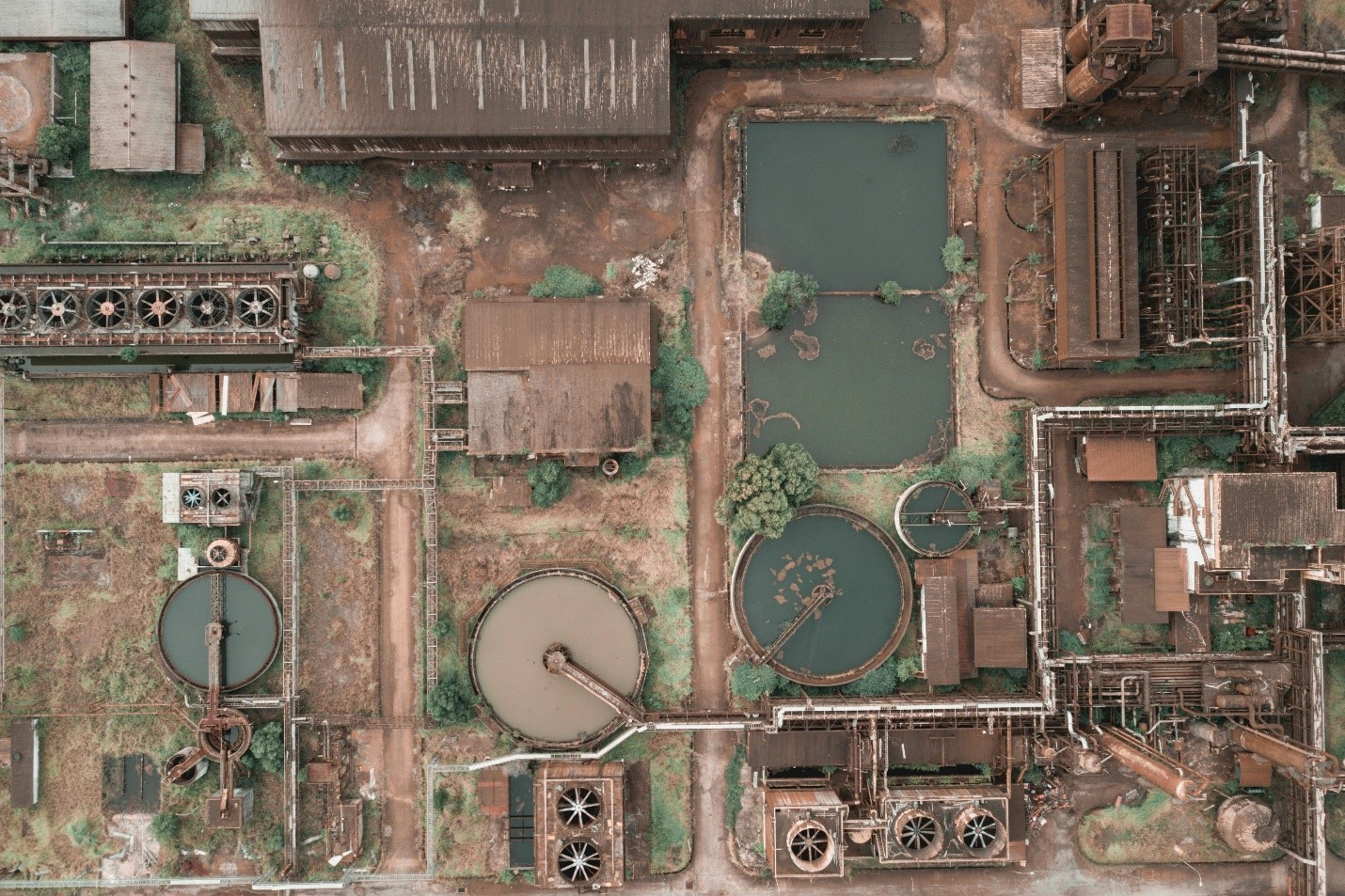Product Details

Zero Liquid Discharge (ZLD)
Zero Liquid Discharge (ZLD) is an advanced wastewater treatment process that aims to eliminate all liquid waste from a system, ensuring that no discharge of liquid effluent into the environment occurs. ZLD systems are designed to maximize water recovery and reuse, and they are often employed in industries where water scarcity, regulatory requirements, or environmental concerns are critical. Here’s an overview of ZLD systems, their components, and how they work:
Components of a ZLD System:
1. Pre-Treatment:
- Screening and Filtration: Removes large particles and debris.
- Chemical Treatment: Adjusts pH, adds coagulants, and removes suspended solids and specific contaminants.
2. Concentration:
- Evaporation: Uses mechanical or thermal evaporators to concentrate the wastewater by evaporating the water content, leaving behind concentrated brine or slurry.
- Reverse Osmosis (RO): A membrane process that separates water from dissolved salts and other impurities, producing a high-quality permeate (clean water) and a concentrated brine stream.
3. Crystallization:
- Brine Concentration: Further concentrates the brine from the evaporation or RO process using additional evaporators or crystallizers.
- Crystallizer: Converts the concentrated brine into solid crystals and a small amount of liquid. The solids can then be collected and disposed of or reused, and the remaining water can be recycled.
4. Solid Handling:
- Dewatering: Uses filters, centrifuges, or drying beds to remove remaining moisture from the solids.
- Disposal or Reuse: The dried solids can be disposed of in landfills or reused, depending on their composition and regulatory requirements.
Technologies Used in ZLD:
· Thermal Evaporation: Utilizes heat to evaporate water from the wastewater, which is then condensed and recovered.
· Mechanical Vapor Recompression (MVR): A highly efficient evaporation technology that compresses and recycles vapor to reduce energy consumption.
· Membrane Processes: Reverse osmosis, Nano filtration, and ultrafiltration are used to remove dissolved salts and impurities from wastewater.
· Electro dialysis: A process that uses electric current to separate ions from water, concentrating the brine and recovering clean water.
Applications of ZLD:
· Power Plants: Treat cooling tower blowdown and other wastewater streams to recover water and minimize environmental discharge.
· Textile Industry: Manage dyeing and finishing effluents, which contain high levels of chemicals and dyes.
· Chemical and Pharmaceutical Industries: Handle complex wastewater streams with high levels of organic and inorganic contaminants.
· Mining and Metallurgy: Treat process water and acid mine drainage, recovering valuable metals and reducing environmental impact.
· Pulp and Paper Industry: Manage wastewater with high biochemical oxygen demand (BOD) and chemical oxygen demand (COD) levels.
Benefits of ZLD:
· Environmental Protection: Eliminates liquid discharge, reducing the risk of water pollution and protecting natural water bodies.
· Water Conservation: Maximizes water recovery and reuse, making it particularly valuable in water-scarce regions.
· Regulatory Compliance: Helps industries comply with stringent environmental regulations and discharge limits.
· Resource Recovery: Recovers valuable materials from wastewater, reducing waste and promoting sustainability.
Challenges and Considerations:
· High Cost: ZLD systems can be expensive to install and operate due to the energy and infrastructure required.
· Complexity: ZLD systems require sophisticated technology and expertise to design, operate, and maintain.
· Energy Consumption: The evaporation and crystallization processes can be energy-intensive, though advancements like MVR aim to reduce energy usage.
Implementation:
1. Assessment and Design: Conduct a thorough assessment of the wastewater characteristics and volume. Design a customized ZLD system to meet the specific needs of the industry.
2. Pilot Testing: Implement a pilot-scale ZLD system to validate the design and optimize process parameters.
3. Installation and Commissioning: Install the full-scale ZLD system and ensure it operates effectively through commissioning and initial testing.
Operation and Maintenance: Regular monitoring, maintenance, and optimization of the ZLD system are essential to ensure long-term performance and efficiency.
